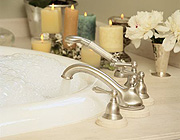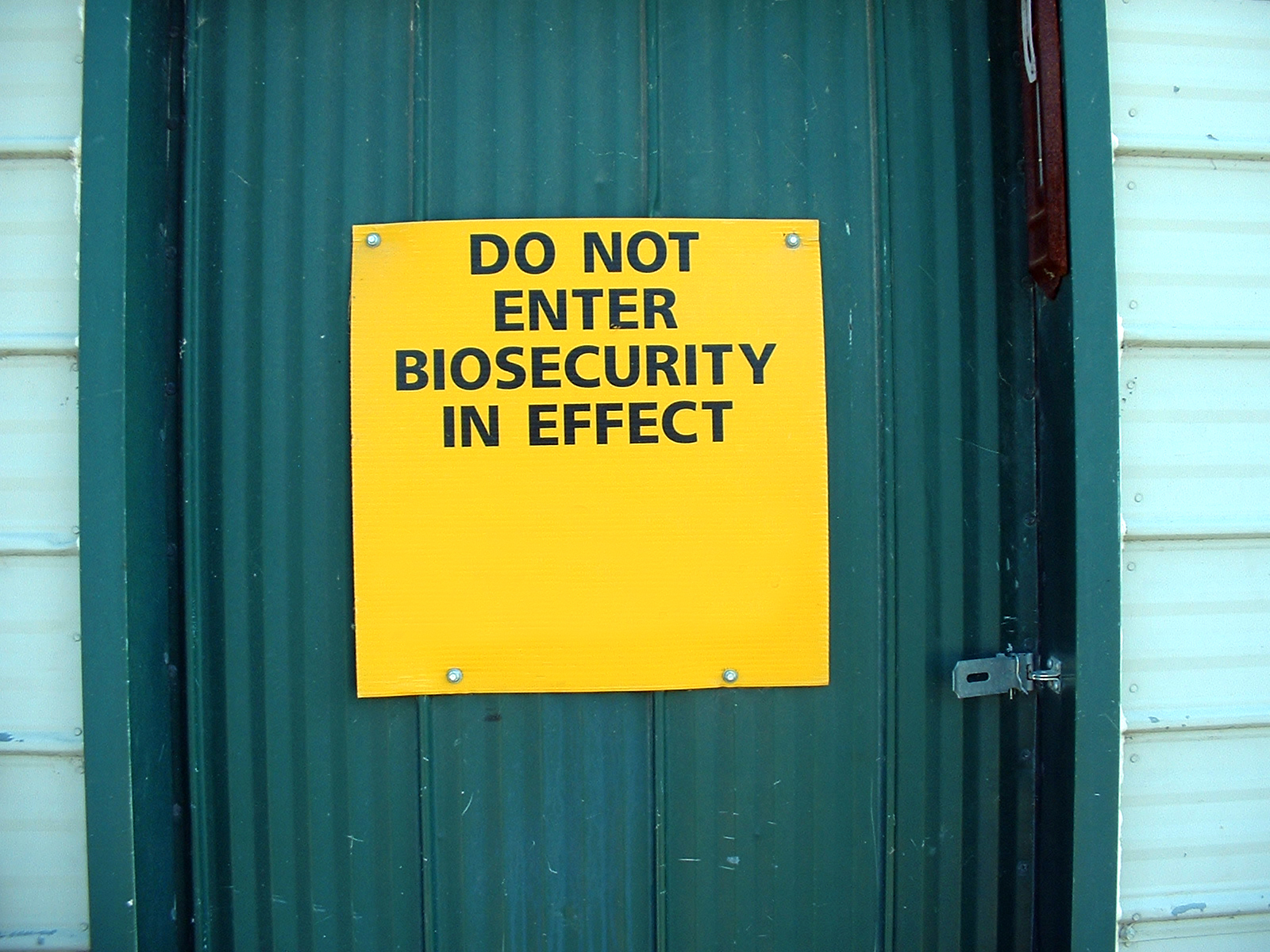
SATURDAY, March 16 (HealthDay News) — Although spring-cleaning may have become a thing of the past, germs haven’t. They continue to grow and linger in one of their favorite places — the bathroom.
“People these days just don’t take time out from their busy schedule to clean,” Donna Duberg, an assistant professor of clinical laboratory science at Saint Louis University, said in a university news release.
Even if you’re not planning to strip down bedding and curtains to get rid of the dust and dirt that accumulated over the winter months, Duberg offered some streamlined ways to create a germ-free bathroom.
- Don’t overdo it. Avoid using too many cleaners and dilute the products you do spray in the bathroom. The fumes in cleaning products can affect the lungs, Duberg explained. It’s also important to open windows or turn on a fan while cleaning to avoid breathing in fumes. “These chemicals are carcinogenic, they can affect your endocrine and nervous system,” she cautioned.
- Don’t let things go. If basic cleaning, such as removing visible dirt, occurs regularly, spring-cleaning to remove scum, mold and lime scale, which can breed bacteria, isn’t as big a challenge.
- Read directions. Read cleaning product labels carefully and be sure to follow the manufacturers’ directions on how they should be used. “The label will have information on how long the sanitizer needs to stay on the surface and how to dilute the product,” Duberg said.
- Take extra precautions. When someone is sick, surface areas should be cleaned more frequently. Paper towels should be used to dry hands rather than a cloth towel to prevent the spread of germs. Toothbrushes should also be dried and put away. “If you leave it out in the bathroom, the aerosols from flushing the toilet with the lid up (there are approximately 3 million bacteria per square inch in most toilet bowls) will float over all the surfaces including your toothbrush,” Duberg said. “It’s time to break the cycle of infection.”
- Use bleach properly. Bleach is effective against germs, but it isn’t safe for children or pets. When using a 10 percent bleach solution, wash the surfaces with hot, soapy water afterwards. Bleach solution must also be made fresh and used within 24 hours.
- Try vinegar. Vinegar can be an effective surface cleaner. Mix one part white distilled vinegar with nine parts water to create a safe and inexpensive cleaning product. Undiluted white distilled vinegar mixed with baking soda can also be used to remove scum. “The fewer the cleaning products, the better,” Duberg said. “Vinegar is inexpensive, is not harmful to kids and pets, and always leaves a shine.”
More information
The U.S. Department of Health and Human Services provides health and safety information on household cleaning products.

